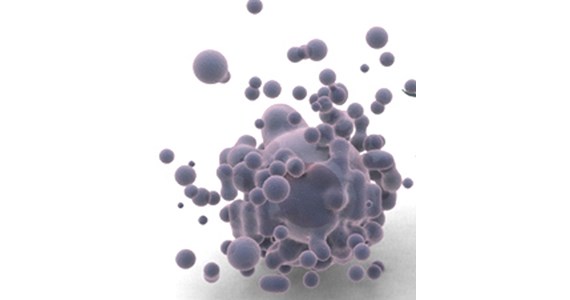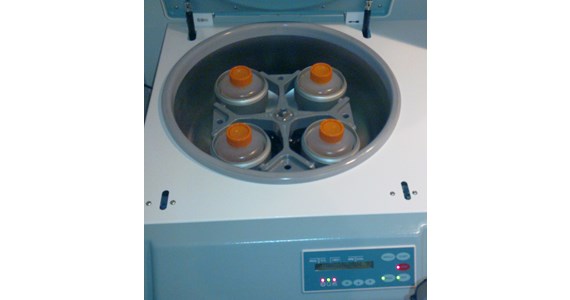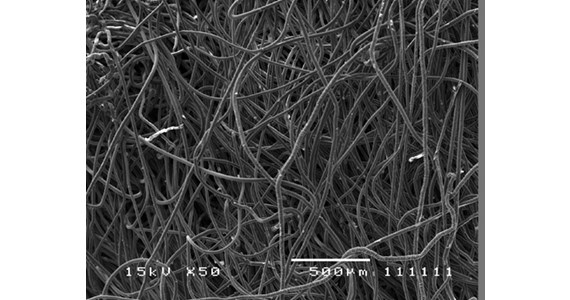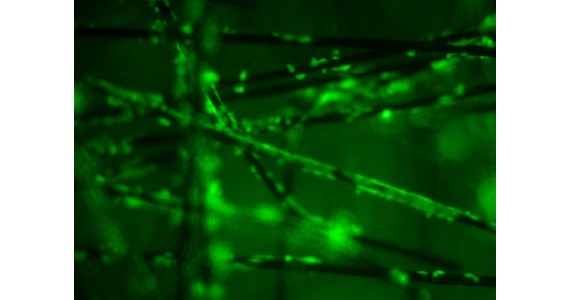Harboring of cells inside CellCore
The size of micro organism varies depending on:
- Type of micro organism or cell line, suspension or adherent
- Their age - virgin and recently divided from older and larger cells
- Temperature, such as maximum size at 37°C and ~10% smaller for each one degree drop in temperature
- pH level
In general micro organism is in size:
- The popular suspended mammalian CHO cell range 15-18 µm
- The original adherent CHO cells after they are adhered will appear flat, few µm high and often up to 30 µm in diameter
- Hybridoma suspension cells measure around 14 µm
- Insect cells app 8-10 µm
- Vero cell 20-30 µm
Principle
CellCore platform bioreactor bodies is designed and delivered specifically to support:
- a particular micro organism or cell line – knowledge around cell size is important and determine a particular type matrix
- adherent type – determine a particular further treatment of the specific matrix
- suspension type – determine a particular type of matrix
The CellCore platform variation is characterised by relatively large pores in a hydrophilic matrix for adherent cell lines and relatively small matrix pores for suspension cell lines. Avoid mixing the products such as a SUB for suspension is used for adherent cell line or a SUB for a cell line with another cell size.
How many suspension cells captured inside the matrix?
Packing identical sized spherical cells or particles static in a volume typically occupy 60-80%. The remaining 20-40% is open volume between the particles. Higher packing densities with smaller cells and lower packing density with larges cells. If the particles are non-rigid such as elastic the packing percentage may be increased. Specific surface area for current CellTank designed for suspension mammalian cells is ~600 square cm2 per cm3 or ~5,000-10,000 cm2 per gram matrix. For CellTank the matrix weight is 24 grams.
We have found:
- That 2.5-3*10E+08/ml IgG producing CHO cells occupy 100% of the available volume. Try to spin down a large volume of sufficient cultivated and suspended CHO cells – you will be surprised! Maximum practical CHO cell density in CellTank matrix is therefore ~1-1.5*10E+08 cells/ml which covers ~30-50% volume. The remaining 50% volume is matrix mass and media.
- That 50*10E+08 /ml insect cells occupy 100% of the available volume.
Photos – 4 x 450 ml media holding in total 1.5x10E+10 CHO cells centrifuged at 300 G for 10 minutes.
How many adherent cells get "anchored" to a matrix?
CellTank max adhered cell density is determined by the matrix fibre surface area. Specific surface area for current CellTank products designed for anchoring mammalian cells is ~300 square cm2 per cm3 or ~3,000-4,000 cm2 per gram matrix.
- Matrix porosity for adherent cell CellTank products are ~95%
- 150 cm3 matrix weight for CellTank is ~14 grams
Cell density on petri dish surface in single layer range:
- CHO adherent, recombinant: 60.000 cell/cm2
- BHK21 adherent, EPO: 200.000 cell/cm2
Max theoretically cell density is then 0.3-1x10E+08 cells/ml matrix
Photos – Virgin matrix and few cells adhered to fibres






